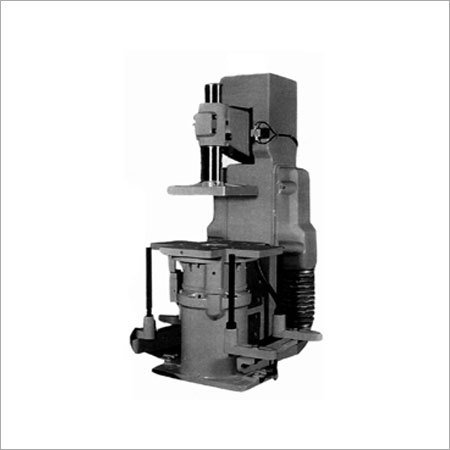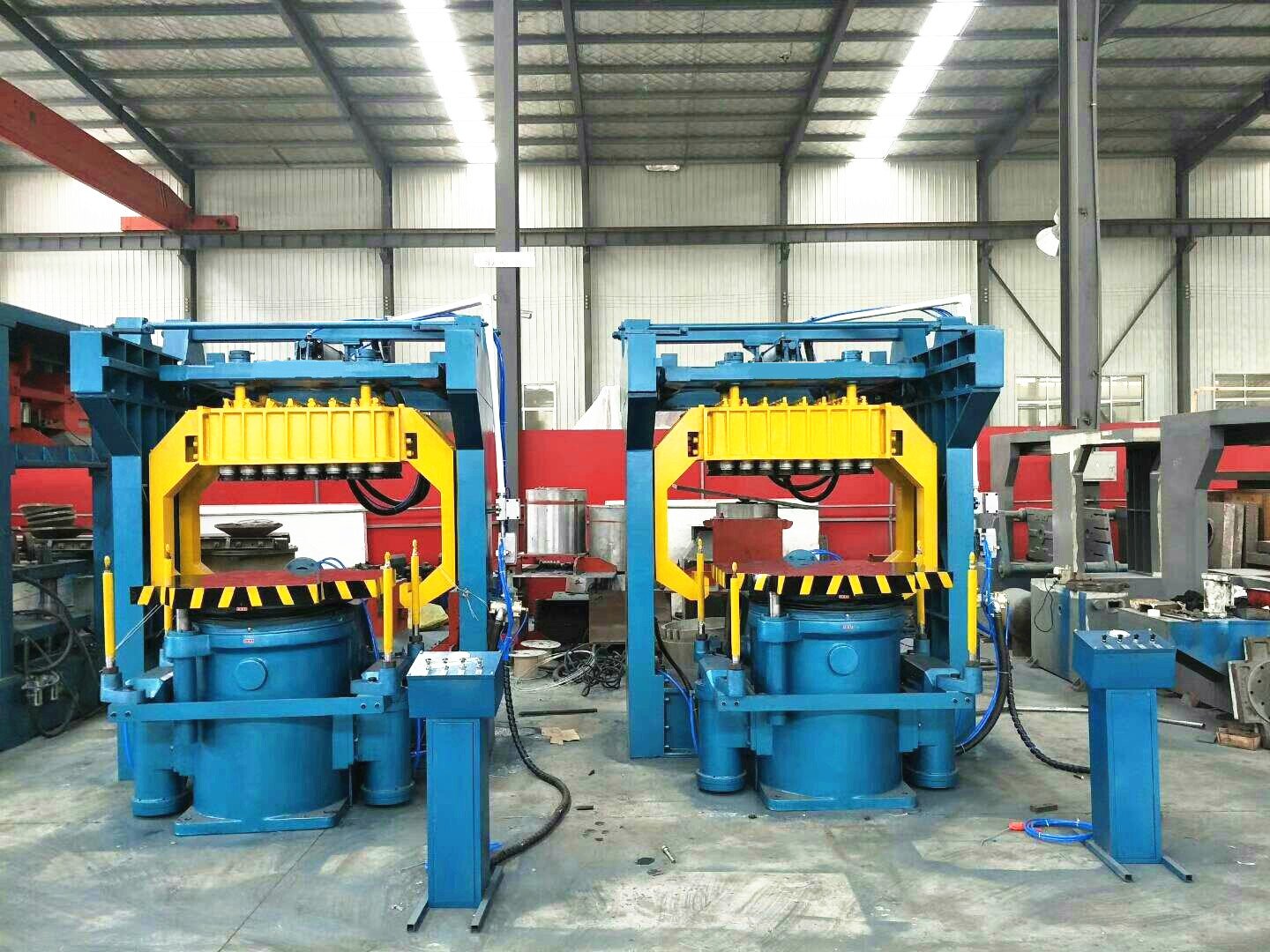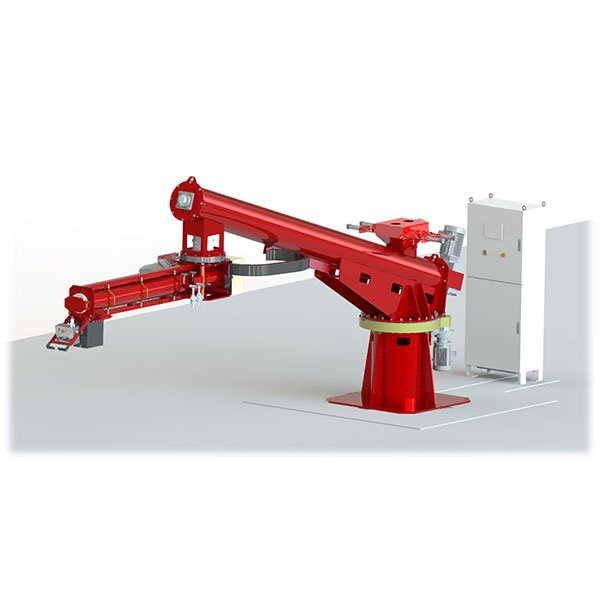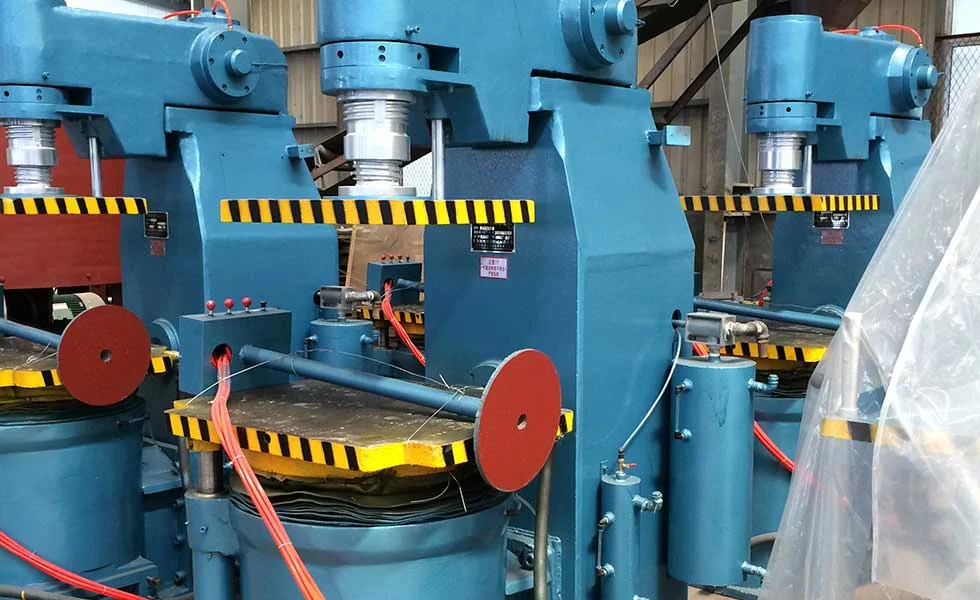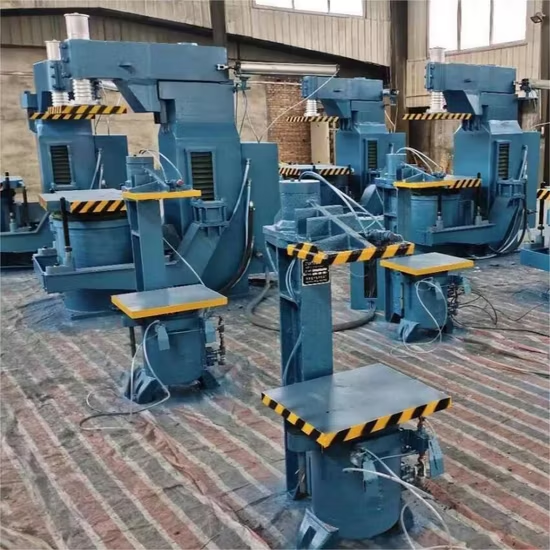
Buying the wrong shot blasting machine can ruin your road surface—and your budget.
Choosing the right shot blasting machine ensures efficient, safe, and long-lasting surface preparation for concrete and asphalt roads. The key is understanding your surface, project scope, and machine performance.
If you're a procurement manager or engineer planning a major infrastructure upgrade, this guide will walk you through everything you need to know.
Concrete vs. Asphalt: Understanding Surface Differences?
Not all roads are created equal—especially when it comes to shot blasting.
Concrete is hard and abrasive; asphalt is softer and more heat-sensitive. These material differences affect blasting intensity, machine wear, and abrasive choice.
Key Physical and Performance Differences
| Property | Concrete | Asphalt |
|---|---|---|
| Surface Hardness | High | Medium |
| Heat Sensitivity | Low | High (can deform under friction) |
| Porosity | Less porous | More porous |
| Dust Production | High during blasting | Medium |
| Ideal Shot Size | Smaller (S170–S230) | Larger (S280–S330) |
Concrete demands aggressive blasting for strong bonding, especially for epoxy overlays or markings. Asphalt, on the other hand, requires a gentler touch to avoid crumbling or melting. If your machine isn’t compatible, you risk damaging the substrate or shortening machine life.
Key Considerations When Choosing a Shot Blasting Machine?
Shot blasting isn’t one-size-fits-all—and assuming so can be a costly mistake.
Your machine must match your surface, job size, and environment. Compatibility, adjustability, and mobility are the top factors to get right.

Main Factors to Evaluate
| Consideration | Why It Matters |
|---|---|
| Surface Compatibility | Machines must withstand abrasive concrete or soft asphalt |
| Blasting Width & Depth | Affects coverage rate and suitability for large/small jobs |
| Mobility | Walk-behind or trailer-mounted models based on job site size |
| Dust Control | Critical in urban, tunnel, or enclosed environments |
| Adjustability | Needed for switching between concrete and asphalt on mixed roads |
A machine built for concrete may wear out quickly on asphalt due to overblasting. I always advise clients to look for variable pressure and speed controls to adapt on the fly.
Performance Metrics That Matter?
Performance isn’t just about speed—it’s about consistency and cost-efficiency.
When comparing machines, focus on blasting rate, media recycling, downtime, and power consumption. These define your ROI.
Performance Metrics Comparison Table
| Metric | Target Range (High-Performance Models) |
|---|---|
| Blasting Speed | 50–200 m²/hour |
| Abrasive Recycling Rate | ≥95% reusable media |
| Energy Consumption | 10–15 kW/hour (electric models) |
| Maintenance Frequency | Weekly minor; quarterly overhaul |
| Dust Collection Efficiency | ≥99% with HEPA-grade filters |
Machines with closed-loop abrasive systems minimize material waste and ensure consistent finish quality. Downtime is another hidden cost—invest in machines with modular components and easy access for cleaning.
Specialized Features to Look For?
Basic machines get the job done, but advanced ones save time and money.
Look for features like speed control, dual-surface settings, or anti-skid prep if you handle varied projects like airports or bridges.

Feature Wishlist for Versatile Projects
| Feature | Benefit |
|---|---|
| Variable Speed Control | Protects softer asphalt and fine-tunes surface finish |
| Real-Time Monitoring | Tracks blasting speed, dust levels, and shot condition |
| Dual-Surface Mode | Switch settings for concrete vs. asphalt instantly |
| Anti-Skid Surface Texturing | Critical for airports, tunnels, and parking decks |
| Low Noise/Vibration Design | Ideal for urban or sensitive environments |
We once delivered a unit to a Nordic highway contractor that needed both fine concrete prep and aggressive asphalt blasting in the same machine—they saved 20% in logistics and setup time with a dual-mode system.
Recommended Machine Types Based on Road Projects?
Choosing by surface type is smart—but choosing by project type is smarter.
Different road jobs demand different machines—from ultra-compact for city lanes to trailer-mounted for high-speed highway prep.
Best Match by Use Case
| Project Type | Recommended Machine Type |
|---|---|
| Urban Side Streets | Compact walk-behind unit |
| Highways & Expressways | High-speed trailer-mounted mobile system |
| Bridge Decks & Tunnels | Low-profile units with powerful dust extraction |
| Municipal/Airport Projects | Enclosed, dust-free, high-blast-efficiency units |
For example, Hitech China’s HTC-P400 model is a go-to for highway work, while our HTC-Mini250 is beloved by city contractors for its tight turn radius and dustless operation.
Shot Blasting vs. Alternative Methods?
Grinding and milling have their place—but they fall short in precision and finish quality.
Shot blasting delivers a consistent surface profile, minimizes dust, and avoids structural micro-damage—making it ideal for long-term results.

Comparison Table
| Method | Speed | Dust-Free | Surface Finish | Equipment Wear | Environmental Impact |
|---|---|---|---|---|---|
| Shot Blasting | ✅ High | ✅ Yes | ✅ Uniform | ✅ Low | ✅ Low |
| Milling | ❌ Slow | ❌ No | ❌ Rough | ❌ High | ❌ High |
| Grinding | ❌ Slow | ✅ Yes | ❌ Uneven | ❌ High | ✅ Medium |
If you're resurfacing for epoxy, paint, or rubber overlays—shot blasting offers superior adhesion compared to scarifying or grinding.
Maintenance, Service, and After-Sales Support?
Even the best machine is only as good as the support behind it.
Look for brands that offer global parts, training, fast service response, and long-term reliability. This reduces your total cost of ownership.
What Good Support Looks Like
| Support Feature | Why It Matters |
|---|---|
| Local or Remote Training | Speeds up operator onboarding and reduces risk |
| Spare Parts Availability | Prevents downtime during breakdowns |
| Clear Service Manuals | Helps your technicians handle basic troubleshooting |
| Fast Tech Support Response | Keeps projects on schedule and budgets in check |
| Warranty + Service Plan | Peace of mind for long-term investment |
I always recommend choosing suppliers who don’t just sell a machine—they support your operation.
Why Hitech China Is a Smart Choice?
Not all machines are built with real-world road projects in mind. Ours are.
At Hitech China, we build purpose-engineered shot blasting machines for both concrete and asphalt surfaces—trusted by contractors worldwide.
Here’s What You Get With Us
- Custom Engineering: We match machine specs to your real project needs
- Built for Longevity: Reinforced parts, smart systems, and industrial-grade motors
- Tested in the Field: From tunnels in Germany to airports in Southeast Asia
- Complete Service: Installation, manuals, video training, 24h response time
| Advantage | What It Means for You |
|---|---|
| Custom Surface Matching | Fewer adjustments, better finish |
| Long-Life Components | Lower maintenance costs over 5–10 years |
| Global Support Network | Service available in your language, region, and time |
| Fast Lead Time | Projects stay on track |
Our goal is simple: help you master surface prep with the right tools, every time.
Conclusion: Making the Right Investment
Your road surface deserves more than guesswork. Choose based on surface, speed, support, and service—and you’ll get results that last.
Need help choosing? Talk to our experts at Hitech-China.com
FAQ
Can you use the same shot blasting machine on both concrete and asphalt?
Yes, but only if the machine supports dual-surface modes or adjustable blast pressure and speed. Otherwise, you risk over-blasting or damaging the surface.
What shot size is best for asphalt roads?
Typically, larger shot (S280–S330) is used on asphalt for a softer impact that avoids surface damage.
How deep does a shot blaster clean?
Most machines clean between 1–3 mm deep. Depth depends on machine power, abrasive type, and surface hardness.
Do mobile machines need external power sources?
Some do, but most high-performance units are self-contained with diesel or electric onboard power options.
What’s the maintenance cost of a road shot blaster?
It varies, but for heavy-duty machines, annual maintenance averages $1,000–$3,000, including wear parts and basic service.


